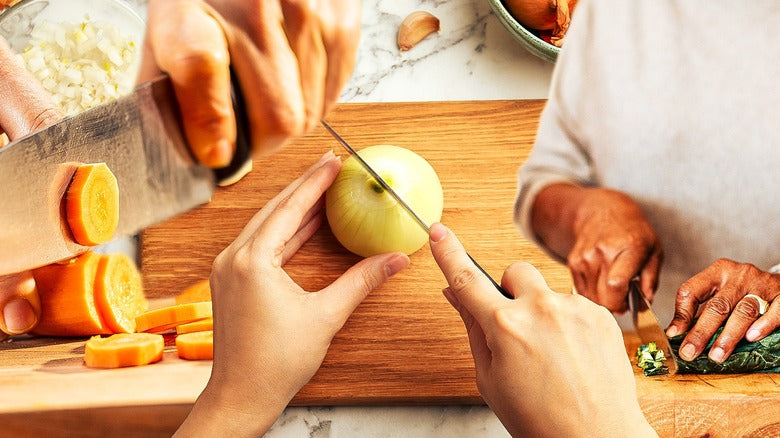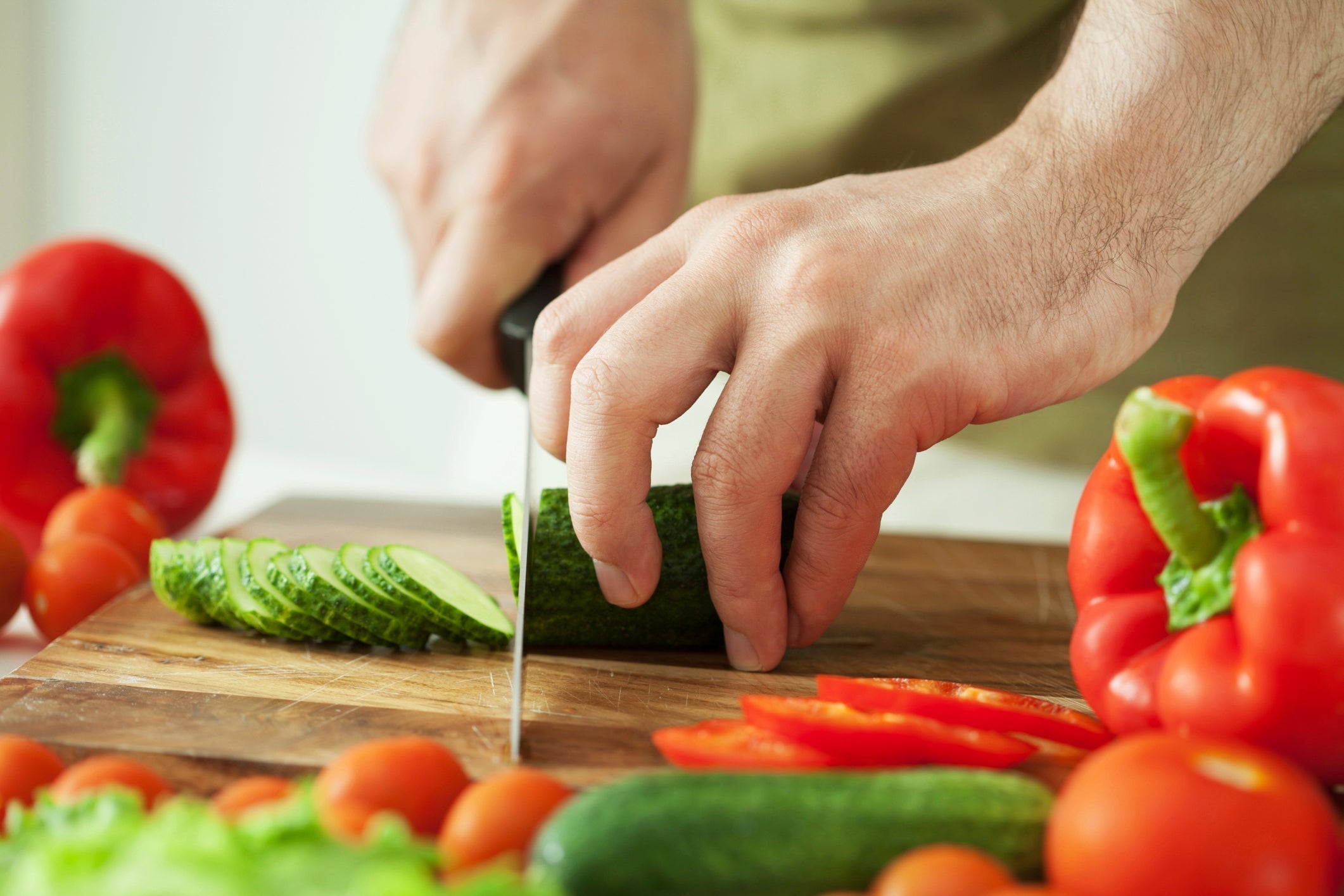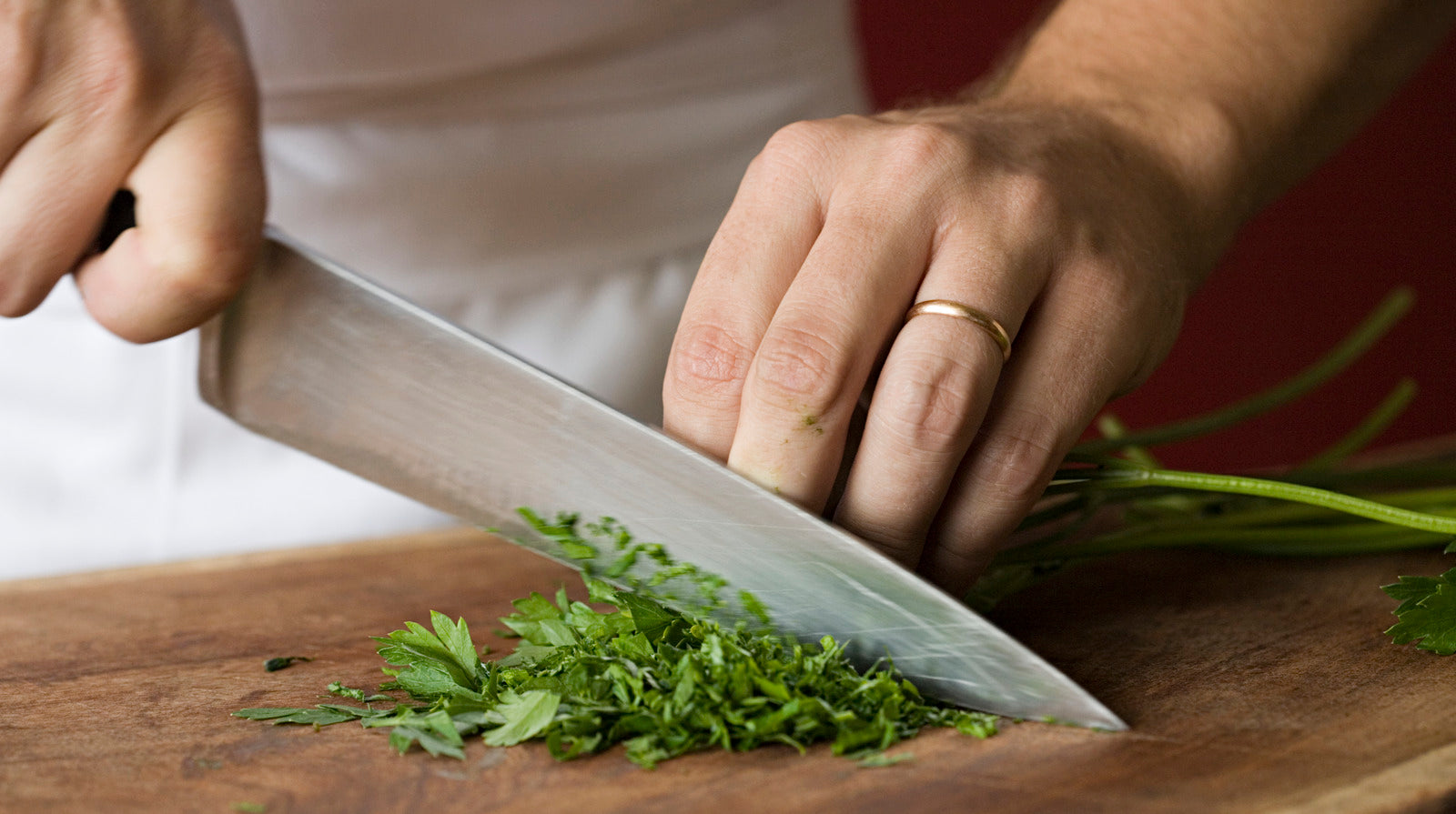For kitchen professionals, few tools are as indispensable as a cutting board. But why is it important to have a specific cutting board? Not all cutting boards are created equal, and the type you use can directly impact food safety, knife longevity, and overall kitchen efficiency.
Whether you're running a commercial kitchen or simply elevating your personal cooking game, knowing when, where, and why to use a particular cutting board can make a world of difference.

The Role of a Cutting Board in Food Safety
One of the most significant reasons behind choosing a specific cutting board lies in food safety. Cross-contamination is a serious concern in both home and professional kitchens. When raw meat, poultry, or fish is prepped on the same surface as vegetables or bread, harmful bacteria can transfer onto other foods. This is why kitchen regulations and recommendations often emphasize having separate cutting boards for different food groups.
For instance, most commercial kitchens use color-coded cutting boards: red for raw meats, green for produce, and blue for seafood. Implementing such a system minimizes the risk of harmful bacteria, like salmonella or E. coli, spreading between foods. If you'd like to dive deeper into tips for ensuring food safety, check out this insightful guide on cutting board safety.
Material Matters: Understanding Cutting Board Types
Opening any professional kitchen, you'd likely notice that cutting boards come in a variety of materials. Each of theseplastic, wood, bamboo, and compositeholds unique advantages and challenges. For instance:
- Plastic Cutting Boards: These are cost-efficient, easy to sanitize, and ideal for handling raw meat. However, deep knife marks can harbor bacteria when they arent cleaned properly.
- Wooden Cutting Boards: Often preferred by chefs, wooden boards are gentle on knives and have natural antibacterial properties. But they require diligent care to avoid absorption of juices from raw foods.
- Bamboo Cutting Boards: Eco-friendly and durable, bamboo is a great alternative to hardwood. But its rigid texture can dull knives over time.
- Composite Cutting Boards: Favored for their longevity and resistance to staining, composite boards are a hybrid option but tend to be less knife-friendly.
If you're curious about how to make a wooden cutting board yourself, there's a fantastic guide available here: make a cutting board.
Knife Integrity and Choice of Cutting Board
A cutting board doesn't just support your ingredientsit directly affects your knife's lifespan. Professionals invest significant resources into honing and maintaining their knives, making it worth considering how a cutting board impacts your blades.
Wooden cutting boards, for example, are knife-friendly due to their softer surface. In contrast, glass or ceramic boards may add a touch of elegance to your counter but are notoriously harsh on knife edges. By choosing the right cutting board material, you prolong the lifespan of your expensive kitchen knives.
Improving Workflow and Kitchen Efficiency
Imagine stepping into a kitchen where there's one generic cutting board. It would be chaotic to maintain a hygienic, productive workflow. A specific cutting board offers more than just food safetyit organizes your kitchen and enhances cooking efficiency.
Color-coded or labeled boards mean you don't waste time sanitizing a single board between tasks, streamlining meal prep. Additionally, customized cutting boards with specific grooves or juice wells for meat help keep workstations tidy and organized.
Want to know how you can add a personal touch to your cutting board? Check out this quick tutorial: personalize cutting board.
Protecting Your Investment
High-quality cutting boards can be an investment, especially in a professional setting. But proper cleaning and maintenance extend their usability. Wooden boards, in particular, benefit from regular oiling and avoiding prolonged soaking, preventing them from cracking or deforming.
Not sure what oil to use? Explore this helpful resource on what is corn oil and how it can rejuvenate your cutting board.
Common Misconceptions About Cutting Boards
Despite advanced food safety training, some myths persist about cutting boards:
- Myth: Wood is unsanitary. Fact: Certain woods have natural antibacterial properties, and regular cleaning ensures their safety.
- Myth: Plastic boards last forever. Fact: Deep cuts can trap bacteria and often require periodic replacement.
- Myth: One cutting board suits all needs. Fact: It's better to have multiple boards for separate tasks.
Learn more about how different cutting boards are sanitized effectively.

FAQs
Why should I use separate cutting boards for meat and vegetables?
Using separate boards prevents cross-contamination, reducing the risk of foodborne illnesses caused by bacteria like salmonella and E. coli.
How do I properly clean a wooden cutting board?
Wash the board with hot, soapy water immediately after use. Avoid prolonged soaking and use mineral oil regularly to maintain its condition.
What material is the best for professional kitchens?
It depends on specific needs: Plastic is excellent for raw meat due to easy sanitization, while wooden boards are gentler on knives and suitable for general tasks.
Choosing a specific cutting board isn't just about aestheticsit's a critical decision that affects food safety, workflow, and long-term kitchen efficiency. For more professional tips and tools, keep exploring resources that elevate your culinary expertise.
This article contains affiliate links. We may earn a commission at no extra cost to you.






Leave a comment
This site is protected by hCaptcha and the hCaptcha Privacy Policy and Terms of Service apply.